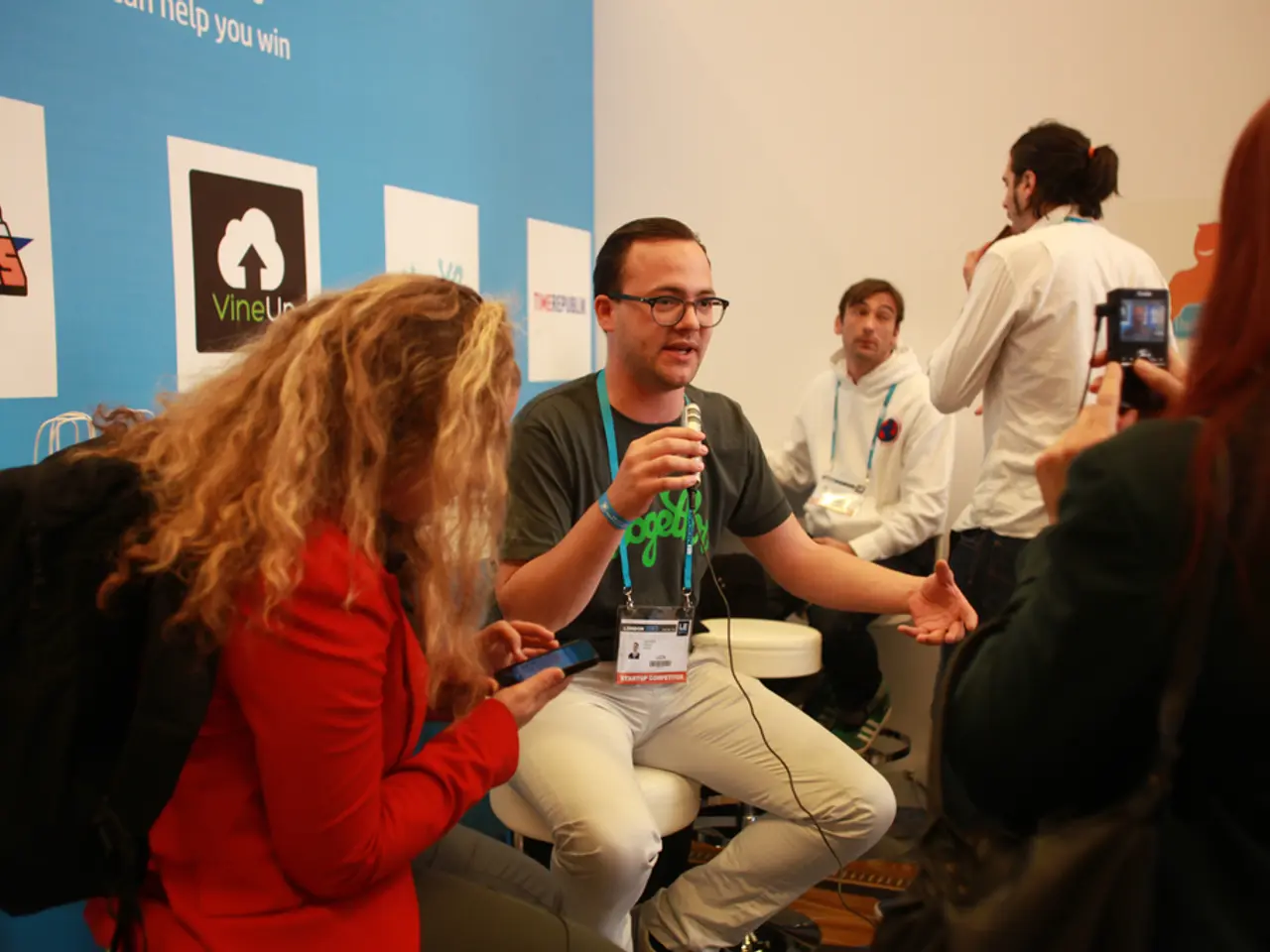Interview Strategies Based on Personality: Key to Recruiting Elite Employees
In the ever-evolving world of hiring, traditional interview methods often fall short in finding the perfect fit for a role. That's where behavioral interviewing comes into play. This innovative approach, developed by industrial psychologists in the 1970s, has proven to be 55% better at predicting job performance than traditional interviews, according to research from SHRM.
Behavioral interviewing is a method used to predict job performance by asking candidates to share real stories about their past behavior and the results. By focusing on specific examples, interviewers can gain a clear understanding of how a candidate has handled workplace challenges and demonstrated relevant skills.
The STAR method, a structured approach in behavioral interviewing, stands for Situation, Task, Action, and Result. It helps candidates clearly and concisely describe specific past work experiences by outlining the context, their responsibilities, the steps they took, and the outcomes of their efforts. This method assists interviewers in evaluating job candidates by providing a clear, consistent framework to assess their problem-solving, critical-thinking, and performance under real conditions.
To use the STAR method effectively, candidates should be asked to provide detailed examples, such as "Tell me about a time you managed a difficult project and how you approached it, what steps you took, and what was the outcome." This method enhances the legal defensibility of interview evaluations by promoting clear decision points and equal treatment among candidates.
Another advanced technique in behavioral interviewing is the contrast method. By asking candidates to share both a win and a fail in the same skill area, interviewers can gain valuable insights into a candidate's character, resilience, and learning ability. An example of a contrast method question is: "Tell me about a time you nailed your communication-and then one where it totally flopped. What did you learn?"
Preparation, use of STAR, asking follow-ups, scoring answers fairly, and consistency are key to effective behavioral interviewing. After the interview, interviewers should go over notes immediately, use the rating scale to score each competency, compare scores, and chat with other interviewers for a better perspective.
By using behavioral interviewing, hiring managers can cut through the fluff and find out how someone really works, based on what they've actually done, not what they say they'd do. This approach aligns well with current trends like virtual interviews and AI-assisted hiring by requiring structured, measurable answers.
However, it's important to avoid leading questions and vague responses. Candidates should be redirected with specific examples, and focusing only on recent examples should be avoided, as the most revealing examples may come from earlier in a candidate's career or from different contexts.
In conclusion, behavioral interviewing is a powerful tool for hiring the right person for your team. By asking candidates to share real stories about their past behavior and the results, interviewers can gain a clear understanding of how a candidate has handled workplace challenges and demonstrated relevant skills. So, the next time you're preparing for an interview, consider integrating behavioral interviewing techniques into your process to spot top talent like a Netflix algorithm spots the next binge.
- To demonstrate resilience and learning ability, candidates can utilize the contrast method in behavioral interviews, sharing a time they successfully communicated and another time when it failed, highlighting what they learned from both experiences.
- In education-and-self-development, candidates can enhance their career-development skills and increase their chances of landing a role by learning and mastering the STAR method, which allows them to provide clear, concise, and detailed examples of past work experiences, thus displaying relevant skills and problem-solving abilities.
- Adopting a mindset focused on specific examples, resilience, and skills training during behavioral interviews can help hiring managers predict job performance more accurately, aligning with the current trends of virtual and AI-assisted hiring, which value structured, measurable responses.




